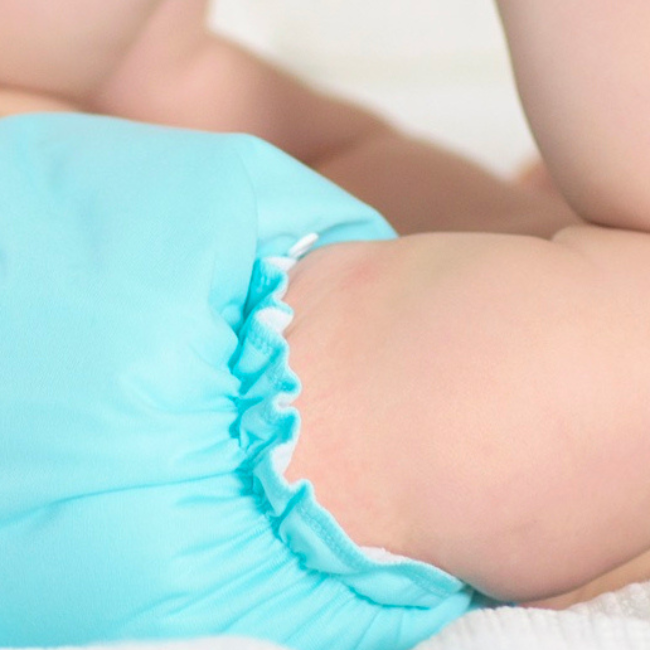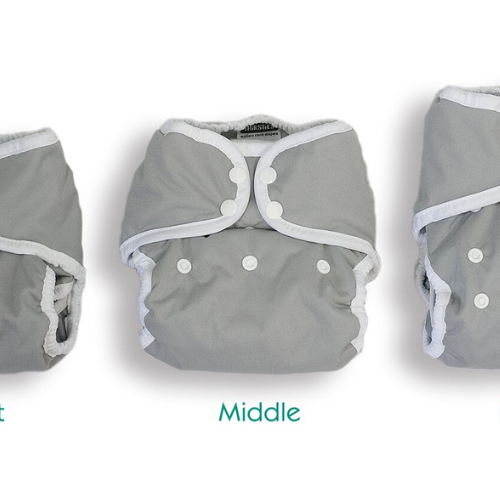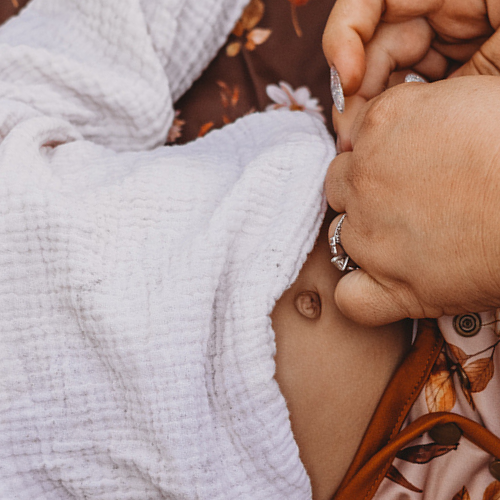
How To Tell When Your Baby's Cloth Diaper Is Wet
Disposable diapers have spoiled us. That yellow line in the front that turns blue when baby is wet makes it super obvious when baby needs a change. But do we really need that blue line?


There are SO MANY SNAPS!
I distinctly remember standing in front of my baby's change table, staring at a one size cloth diaper with snaps all over the front, wondering what the heck to do with all the snaps and having no clue what to snap where.
It was so confusing.

What To Do With The 💩.
Isn't that the biggest question on your mind when you think about cloth diapers? I guarantee you, it's the first and most poignant question that's top of mind with all new parents I speak with when they are beginning to consider cloth diapers for their baby. And why shouldn't it be? It is really the central topic of discussion and the largest mental hurdle to overcome I think. It was for me absolutely.
Fortunately, it's not as scary as it seems and there are a few easy ways to deal with the poop and one (or more) of them will certainly make it easy for you too. Let's discuss the options.

What can you do in an emergency when diapers are not available or when funds are super tight and you really can't afford diapers and are on a very strict budget. Can you cloth diaper and how do you do it?
Basically anything in your home that's absorbent can be used as a cloth diaper. Ideally it'll be something that's cotton or another natural or mostly natural fabric, but really in a pinch, anything absorbent will do.
Common items that you could grab would be Cotton tea towels or flour sack towels, old t-shirts...



Personally, I like doing just a quick pad fold into a rectangle shape and then you can use them in a pocket diaper, or pop them in any cover. But if you want something more advanced and origami style...here you go, a tutorial just for you.


Looking for specific information or products? We can help!
{"one"=>"Select 2 or 3 items to compare", "other"=>"{{ count }} of 3 items selected"}